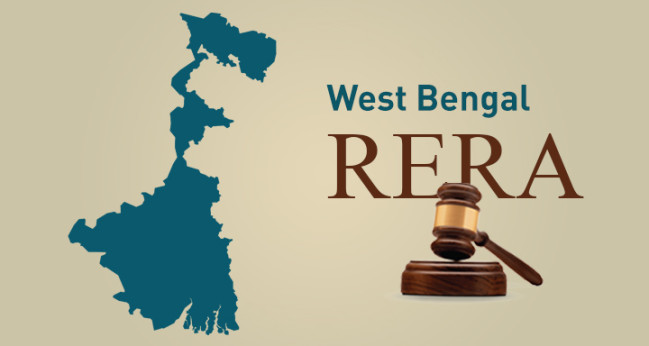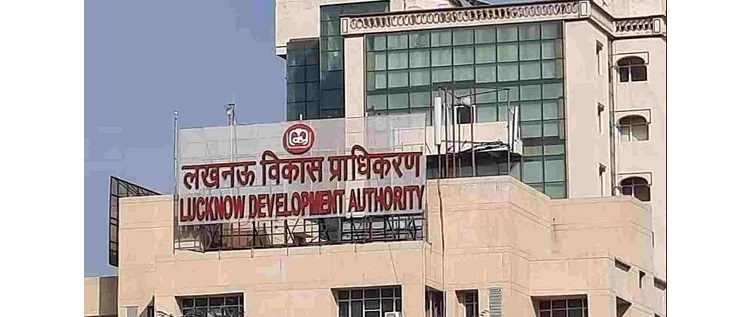E - PAPER
30 Indian Cities Likely To Face Acute Water Risks by 2050: WWF
According to the scenarios in the WWF Water Risk Filter, 100 cities that are expected to suffer the biggest rise in water risk by 2050 are home to 350 million people, and nationally and globally important economies. Nearly 50 cities in China, and 30 in India, including Delhi, Jaipur, Indore, Amritsa
 BY
Realty Plus
BY
Realty Plus
Published - Tuesday, 03 Nov, 2020

According to the scenarios in the WWF Water Risk Filter, 100 cities that are expected to suffer the biggest rise in water risk by 2050 are home to 350 million people, and nationally and globally important economies. Nearly 50 cities in China, and 30 in India, including Delhi, Jaipur, Indore, Amritsar, Pune, Srinagar, Kolkata, Bengaluru, Mumbai, Kozhikode and Vishakhapatnam, are such high-risk regions.
Cities across India have been facing acute shortage of water due to rapid urbanization, climate change and lack of appropriate infrastructure, which continues to put stress on the existing infrastructure. Over the last few years, cities from Chennai to Shimla, have faced an acute crisis of water supply.
The study said multi-stakeholder engagements and ownership involving local communities will be key to creating and conserving sustainable water infrastructure and rejuvenating urban freshwater systems. It added that urban planning and wetland conservation needs to be integrated to ensure zero loss of freshwater systems in urban areas.
The survey added that while improving urban water infrastructure and cutting water consumption will help reduce water risks, nature-based solutions including restoring degraded watersheds, reconnecting rivers to their floodplains, and restoring or creating urban wetlands are critical.
RELATED STORY VIEW MORE
NEWS LETTER
Subscribe for our news letter
E - PAPER
-

CURRENT MONTH 
LAST MONTH















